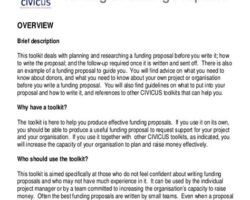Introduction
Welcome to our blog post on how to structure and organize a writing workshop! Whether you are a seasoned writer or just starting out, attending a workshop can provide valuable insights, inspiration, and the opportunity to connect with fellow writers. In this article, we will guide you through the process of creating a well-structured and engaging writing workshop that will leave your participants motivated and eager to put their pens to paper.
Section 1: Setting the Stage
The first step in organizing a successful writing workshop is to determine the goals and objectives you want to achieve. Are you focused on helping participants improve their storytelling skills, explore different genres, or hone their editing abilities? Clearly defining your workshop’s purpose will help you tailor the content and activities to meet the needs and expectations of your attendees.
Once you have established the workshop’s objectives, it’s time to think about logistics. Consider factors such as the duration of the workshop, the ideal number of participants, and the location. Will it be an in-person event or conducted online? Choosing the right venue and creating a comfortable and conducive learning environment is essential for a positive workshop experience.
Section 2: Crafting the Agenda
Now let’s dive into the heart of your writing workshop – the agenda. A well-structured agenda is crucial to keeping participants engaged and maximizing their learning experience. Start by introducing yourself and providing a brief overview of the workshop’s objectives. This will set the stage for what’s to come and help establish your credibility as a facilitator.
Next, break down the workshop into distinct sessions or modules. Each session should focus on a specific aspect of writing, such as plot development, character creation, or the revision process. Use a variety of teaching techniques, including interactive exercises, group discussions, and writing prompts, to keep participants actively involved and encourage collaboration.
Section 3: Fostering Interaction and Feedback
An essential element of any writing workshop is fostering interaction and providing constructive feedback. Encourage participants to share their work with each other and create a safe and supportive environment for open discussion. Peer feedback sessions can be incredibly valuable, as they allow writers to receive different perspectives and refine their writing skills.
In addition to peer feedback, consider incorporating one-on-one feedback sessions with participants. This personalized attention can provide valuable insights and guidance tailored to each writer’s specific needs. To ensure a smooth feedback process, establish clear guidelines for giving and receiving feedback, emphasizing the importance of respect and constructive criticism.
Conclusion
Organizing a writing workshop may seem like a daunting task, but with the right structure and organization, it can be a fulfilling and rewarding experience. Remember to set clear goals, create a well-structured agenda, and foster interaction and feedback among participants. By providing a supportive environment and valuable learning opportunities, you’ll be empowering writers to unlock their creativity and unleash their full potential. Happy writing!





